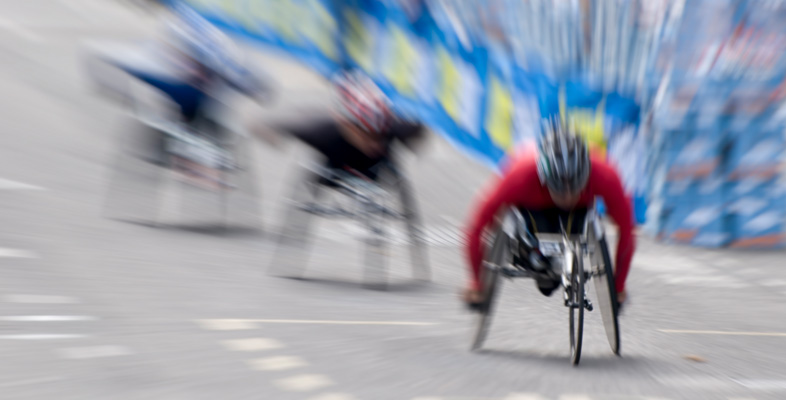2.1 Aerodynamics
Aerodynamics is the scientific study of the flow of air past an object. To understand the effect of aerodynamics in cycling you need to understand the way that airflow is described scientifically, the different types of airflow and their effects.
The next activity introduces these topics.
Activity 2 Introducing aerodynamics
Aerodynamics [Tip: hold Ctrl and click a link to open it in a new tab. (Hide tip)]
Please note: this activity may take a few seconds to download.
Comment
The main points from the activity were:
- Aerodynamics is the scientific field that studies the flow of air around an object.
- Air resistance produces a force on a moving object, in the opposite direction to the object's velocity. Aerodynamics can affect the amount of air resistance (i.e. the magnitude of that force.)
- The flow of air around an object can be characterised by:
- the bow wave, a region of higher density in front of the object
- the wake, a turbulent region that trails out behind the object
- the boundary layer, a thin layer of air that lies between the object's surface and the moving air around it.
- The shape of an object has a major influence on the way that air flows around it. Athletes in sports such as cycling can benefit from maintaining a smooth shape.
Activity 2 concentrated on explaining the scientific aspects of aerodynamics. The next section examines the effect of aerodynamics on performance in cycling events.
